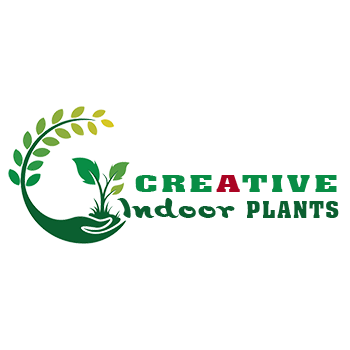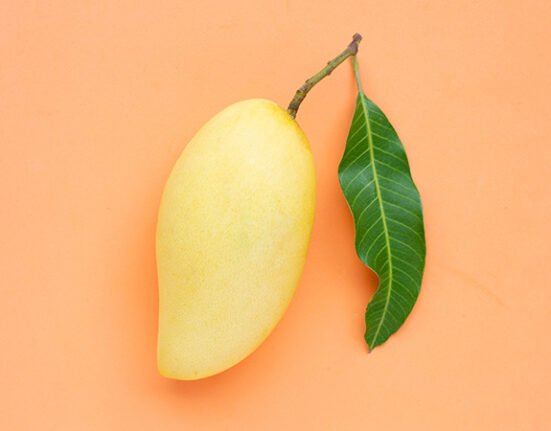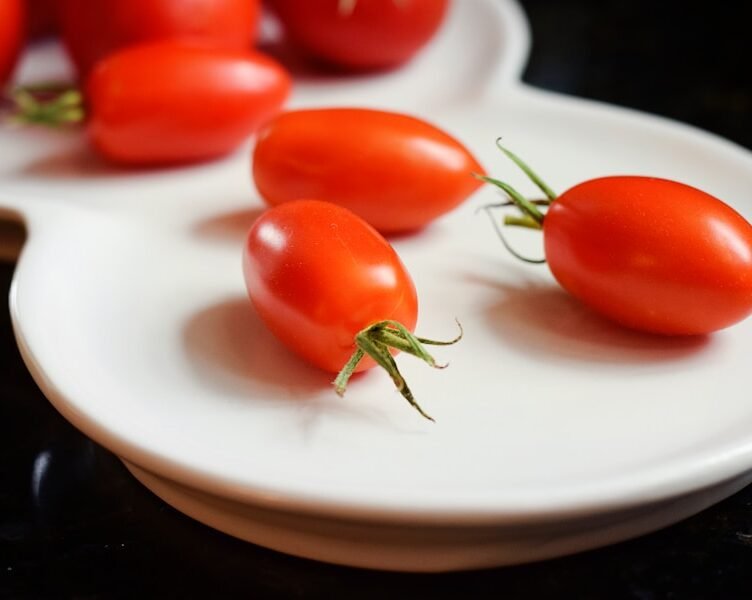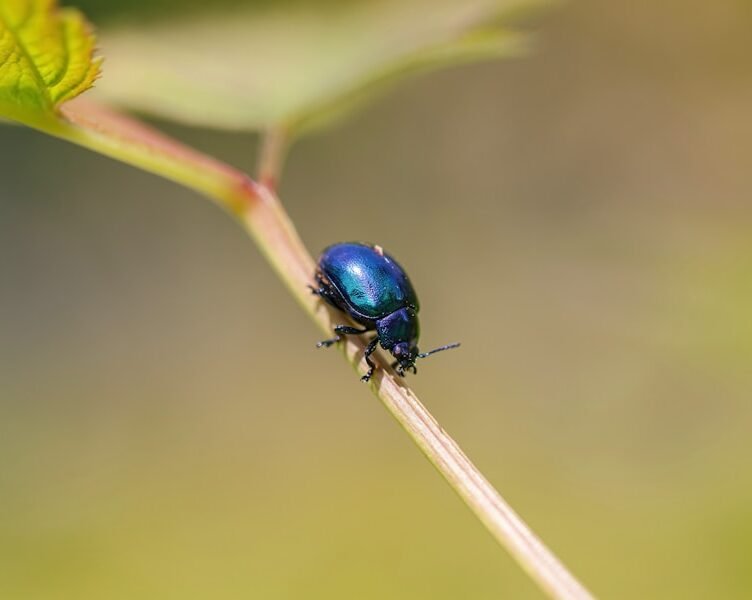When cultivating tomatoes indoors, selecting the appropriate variety is vital for achieving success. With numerous types of tomatoes available, each possesses distinct characteristics and growth requirements. Popular varieties suitable for indoor cultivation include cherry tomatoes, roma tomatoes, and beefsteak tomatoes.
Cherry tomatoes are an excellent choice for indoor growing due to their compact size, making them ideal for container cultivation. Roma tomatoes are renowned for their meaty texture and low moisture content, rendering them perfect for sauces and canning. Beefsteak tomatoes are large and flavorful, making them a favorite for slicing and consuming fresh.
When selecting a variety for indoor cultivation, it is essential to consider the available space and personal preferences for taste and use. In addition to choosing the type of tomato, it is crucial to decide between determinate and indeterminate varieties. Determinate tomatoes are bushy and compact, making them suitable for small spaces and containers.
They typically produce all their fruit simultaneously, making them an excellent choice for those seeking a large harvest within a short period. Indeterminate tomatoes, on the other hand, are vining plants that continue to grow and produce fruit throughout the growing season. Although they require more space and support, they can provide a continuous supply of fresh tomatoes.
Ultimately, the most suitable variety for indoor cultivation depends on specific growing conditions and individual preferences.
Key Takeaways
- Choose compact and dwarf tomato varieties for indoor growing
- Create an ideal growing environment with proper lighting, temperature, and humidity
- Plant tomato seeds in well-draining soil and provide consistent watering
- Use a balanced fertilizer and monitor soil moisture for healthy tomato plants
- Keep an eye out for pests and diseases, and prune and support tomato plants for maximum yield
Preparing the Ideal Growing Environment for Indoor Tomatoes
Lighting Requirements
Tomatoes require plenty of sunlight, so it’s important to choose a location that receives at least 6-8 hours of direct sunlight per day. If natural sunlight is limited, supplemental grow lights can be used to provide the necessary light for healthy plant growth.
Temperature and Air Circulation
In addition to light, tomatoes also require warm temperatures to thrive. Ideally, indoor tomato plants should be kept in a location where temperatures remain between 65-85°F during the day and above 55°F at night. Proper air circulation is also important for preventing disease and promoting healthy growth. This can be achieved by using fans or opening windows to allow for adequate airflow.
Container and Support Requirements
When it comes to containers, choosing the right size and type is important for indoor tomato growing. Larger varieties such as beefsteak tomatoes will require larger containers to accommodate their extensive root systems, while smaller varieties like cherry tomatoes can thrive in smaller pots. It’s important to choose containers with drainage holes to prevent waterlogged soil, as well as using a high-quality potting mix that is well-draining and nutrient-rich. Additionally, providing support for tomato plants is essential for preventing breakage and promoting healthy growth. This can be achieved by using stakes, cages, or trellises to support the plants as they grow. By creating the ideal growing environment for indoor tomatoes, you can set the stage for a successful harvest.
Planting and Caring for Tomato Seeds
Once you have chosen the right tomato variety and prepared the ideal growing environment, it’s time to plant your seeds and care for your tomato plants as they grow. When planting tomato seeds indoors, it’s important to start them 6-8 weeks before the last expected frost date in your area. This will give the plants plenty of time to grow strong and healthy before being transplanted outdoors.
To plant tomato seeds, fill small containers with moistened potting mix and plant 2-3 seeds per container, covering them with a thin layer of soil. Place the containers in a warm location with plenty of sunlight and keep the soil consistently moist but not waterlogged. As your tomato seedlings begin to grow, it’s important to provide them with proper care to ensure their success.
This includes keeping the soil consistently moist but not waterlogged, as overwatering can lead to root rot and other issues. It’s also important to fertilize your tomato plants regularly with a balanced fertilizer to provide them with the nutrients they need for healthy growth. As the seedlings grow, it’s important to thin them out by removing the weaker seedlings, leaving only the strongest one in each container.
This will prevent overcrowding and allow the remaining seedlings to thrive. By planting your tomato seeds with care and providing them with proper attention as they grow, you can set the stage for a successful indoor tomato garden.
Providing Proper Nutrients and Watering for Indoor Tomato Plants
| Stage | Time | Temperature | Light | Watering |
|---|---|---|---|---|
| Seedling | 6-8 weeks | 70-75°F | 14-16 hours/day | Regularly, keep soil moist |
| Vegetative | 2-4 weeks | 70-75°F | 14-16 hours/day | Regularly, allow soil to dry slightly between watering |
| Flowering | 2-3 weeks | 65-75°F | 12-14 hours/day | Regularly, keep soil consistently moist |
| Fruit Development | 6-8 weeks | 65-75°F | 12-14 hours/day | Regularly, keep soil consistently moist |
In order for indoor tomato plants to thrive, it’s essential to provide them with proper nutrients and watering. Tomatoes are heavy feeders and require regular fertilization to support their growth and fruit production. When it comes to fertilizing indoor tomato plants, it’s important to use a balanced fertilizer that contains equal parts nitrogen, phosphorus, and potassium.
This will provide the plants with the essential nutrients they need for healthy growth and fruit development. Fertilize your tomato plants every 2-3 weeks during the growing season, being careful not to over-fertilize as this can lead to excessive foliage growth at the expense of fruit production. In addition to providing proper nutrients, it’s also important to water indoor tomato plants consistently to keep them healthy and productive.
Tomatoes require regular watering to keep the soil evenly moist but not waterlogged. It’s important to water deeply, allowing the water to penetrate the soil and reach the roots of the plants. This will encourage strong root development and help the plants withstand periods of drought.
It’s also important to water at the base of the plants rather than overhead, as wet foliage can lead to disease issues. By providing your indoor tomato plants with proper nutrients and consistent watering, you can help them thrive and produce a bountiful harvest.
Managing Pests and Diseases in Indoor Tomato Gardens
One of the biggest challenges of growing tomatoes indoors is managing pests and diseases that can affect the plants. Common pests that can affect indoor tomato plants include aphids, whiteflies, spider mites, and thrips. These pests can cause damage to the plants by feeding on their leaves and stems, leading to stunted growth and reduced fruit production.
To manage pests in indoor tomato gardens, it’s important to regularly inspect your plants for signs of infestation and take action at the first sign of trouble. This can include using insecticidal soaps or neem oil to control pests, as well as introducing beneficial insects such as ladybugs or lacewings to help keep pest populations in check. In addition to pests, indoor tomato plants are also susceptible to a variety of diseases that can affect their health and productivity.
Common diseases that can affect indoor tomatoes include blight, powdery mildew, and leaf spot diseases. To prevent these diseases from taking hold in your indoor tomato garden, it’s important to practice good sanitation by removing any diseased plant material and keeping the garden clean and free of debris. It’s also important to provide proper air circulation by spacing plants apart and using fans to promote airflow.
Additionally, using disease-resistant varieties of tomatoes can help prevent many common diseases from affecting your plants. By staying vigilant and taking proactive measures to manage pests and diseases in your indoor tomato garden, you can help ensure a successful harvest.
Pruning and Supporting Tomato Plants for Maximum Yield
Pruning and Supporting Tomato Plants for Optimal Growth Pruning is a crucial step in promoting healthy growth and maximizing fruit production in indoor gardens. By removing excess foliage, you can prevent shading of the fruit, improve air circulation, and reduce the risk of disease. Additionally, pruning helps redirect the plant’s energy towards fruit production rather than excessive foliage growth. ### Pruning Techniques for Healthy Plants When pruning tomato plants, it’s essential to remove suckers, which are small shoots that develop in the crotches between branches. You should also remove any diseased or damaged foliage to keep the plants healthy and productive throughout the growing season. ### Providing Support for Tomato Plants In addition to pruning, providing support for tomato plants is vital for preventing breakage and promoting healthy growth. You can achieve this by using stakes, cages, or trellises to support the plants as they grow. Staking involves tying the main stem of the plant to a sturdy stake, while caging involves placing a wire cage around the plant to support its growth. Trellising involves training the plant to grow vertically along a trellis or other support structure. ### Maximizing Yield with Proper Support and Pruning By providing proper support for your indoor tomato plants and pruning them as needed, you can help maximize their yield and ensure a bountiful harvest. With these simple techniques, you can enjoy a thriving and productive indoor garden.
Harvesting and Enjoying the Fruits of Your Indoor Tomato Garden
After months of care and attention, it’s finally time to harvest the fruits of your indoor tomato garden. Tomatoes are typically ready for harvest when they have reached their full color – whether that be red, yellow, orange or another hue – and have a slight give when gently squeezed. To harvest your tomatoes, simply grasp the fruit firmly and twist it gently until it separates from the stem.
Be sure not to pull or tug on the fruit too forcefully as this can damage both the fruit and the plant itself. Once harvested, your tomatoes can be enjoyed fresh in salads or sandwiches, cooked into sauces or soups, or preserved through canning or freezing for later use. The possibilities are endless when it comes to enjoying homegrown tomatoes!
By following these steps from seed to harvest, you can successfully grow delicious tomatoes indoors year-round.
FAQs
What are the benefits of growing tomatoes indoors?
Growing tomatoes indoors allows for year-round cultivation, protection from outdoor pests and weather, and the ability to control the growing environment for optimal plant health and fruit production.
What are the key steps to growing tomatoes indoors?
The key steps to growing tomatoes indoors include selecting the right tomato variety, providing adequate light and temperature, choosing the right container and soil, watering and fertilizing properly, and managing pests and diseases.
What are the best tomato varieties for indoor growing?
Compact or dwarf tomato varieties such as cherry tomatoes, patio tomatoes, or determinate varieties are best suited for indoor growing due to their smaller size and ability to thrive in containers.
What kind of light do tomatoes need when grown indoors?
Tomatoes require at least 6-8 hours of direct sunlight or the equivalent in artificial grow lights to thrive when grown indoors. Providing the right light is crucial for healthy plant growth and fruit production.
What type of containers and soil are best for growing tomatoes indoors?
Containers with good drainage and a nutrient-rich potting mix specifically formulated for vegetables are best for growing tomatoes indoors. The container size should be appropriate for the tomato variety being grown.
How often should tomatoes be watered when grown indoors?
Tomatoes should be watered consistently to keep the soil evenly moist, but not waterlogged. This typically means watering every 2-3 days, but frequency may vary based on environmental conditions and the specific needs of the plant.
What are some common pests and diseases that can affect indoor tomato plants?
Common pests that can affect indoor tomato plants include aphids, whiteflies, and spider mites, while common diseases include blight, powdery mildew, and blossom end rot. Proper plant care and regular monitoring can help prevent and manage these issues.







